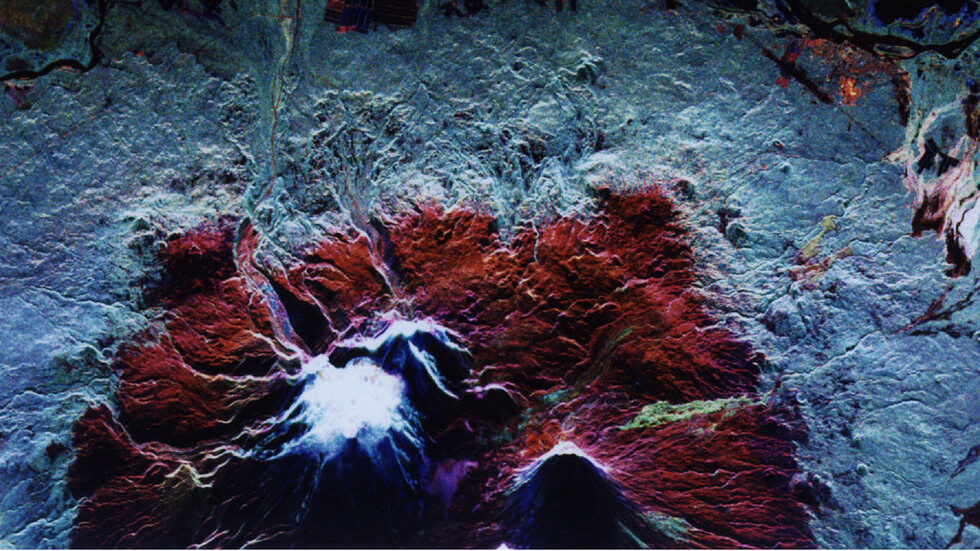
In remarkable footage, it can be seen spouting lava and a thick column of ash into the night sky over the remote region, which borders the Pacific Ocean.
First reported by Russia's Kamchatka Volcanic Eruption Response Group (KVERT), Tuesday night's eruption sent molten rock pouring down the volcano's southern slope, creeping for nearly a mile (1.5km) before solidifying. The discharge, which ejected a plume of ash over 4 miles (7km) high, was captured in a video obtained by RT's sister agency, Ruptly.
Last active between November 2019 and July 2020, Klyuchevskoy stands at just over 15,500 feet tall, towering nearly 3 miles (4.7km) over its surroundings, making it the highest active volcano in Eurasia. With its first recorded eruption at the tail-end of the seventeenth century, it has remained consistently active since, periodically emitting gas, lava and ash.
The area around Klyuchevskoy remains on an orange aviation alert, the second highest level on the International Civil Aviation Organization scale, according to KVERT's latest update. An orange color code signifies that the volcano in question is "exhibiting heightened unrest with increased likelihood of eruption," or that "eruption is underway," but with "no or minor ash emission."




Sure are a hell of a lot of eruptions going on.
R.C.